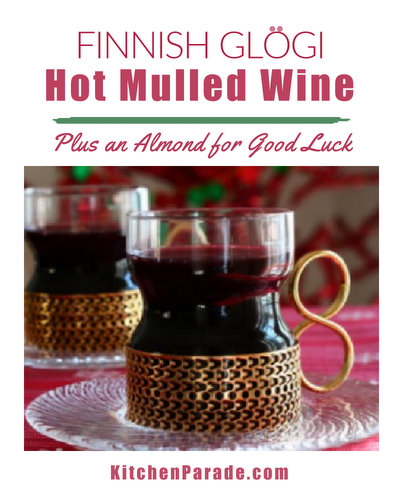|
How to Frost a Cake: Step-by-Step Photos & Tips |
 |
Layer cakes are just so festive! Bring a layer cake to dinner and a real party is likely to erupt. Here's how I frost a cake, it's really easy and takes about 20 minutes, no need for special equipment.
Like the looks of the cake in the photographs?
It's Southern Belle Lemon Layer Cake!
~ more cake recipes ~
Get Out the Waxed Paper
Tear off strips of waxed paper and arrange them around the outer edge of the cake plate, so that the outer perimeter of the cake will rest on about an inch or so of waxed paper. Why? After the cake is iced, you'll slip the waxed paper sheets out from under the cake and the cake plate will be perfectly clean!
Five strips are better than the three shown in the photo, I ran short this day and you'l see, later, that I needed to supplement with foil. Oh - foil works too, it's just more expensive.

"Glue" the Cake to the Plate
Spread some frosting on the cake plate, this prevents the cake from slipping to the side while frosting, while carrying, while slicing.

It's a Balancing Act
As the layers are built one atop of each other, balance is very important. The goal is to have the finished cake appear to be completely level, even if what's inside isn't perfect. How each new layer is placed, how thick the frosting is applied, these both can compensate for imperfections.
For starters, I like to place the first layer top-side up, putting the more perfect pan-formed bottom surface directly on the plate, creating a stable base. This is especially important if the layer's top got a little lopsided during baking. We want no Leaning Towers of Pisa, here!

Work from the Outside In
Working from the outside in, begin to gently spread the frosting over the cake. Use a light touch, especially if the cake is delicate.
If you have an offset spatula, use it to spread the frosting. I don't make layer cakes often enough to invest in one, a table knife works just fine.

Build a Level Surface Area
It's easier to keep the frosting even if you turn the cake plate as you work so that the angle of your hand is the same for each area.
Ooops, no picture but do fill the center with frosting too. If the center is slightly depressed, use more frosting to build up the center. More often, the cake will be slightly higher in the center, if so, make sure that the frosting is thicker around the edges.

It's Beginning to Look a Lot Like Cake!
But you can see that even with relatively level layers, and building up the frosting along the outer edge thicker than the center, there are still gaps. Some times, the gaps can be partially or completely filled by turning the second layer a few degrees, otherwise we'll fill these later.

Place the Top Layer
The top layer should go onto the stack bottom-side up, since its edges are the most formed.
Oh! And can you see how I've supplemented the three wax paper strips with foil? That's because three strips just weren't enough to keep the cake plate clean.

"Mind the Gap" (Just Like the London Tube)
First, ignore the frosting on top, I didn't mean to get ahead of myself!
Now, fill those gaps in the layers with frosting, just squoosh it right in there until the layers are level and supported around the perimeter.
If the cake is slipping, now is the time to insert cake rods (or a substitute such as bamboo sticks we use for shish kabobs), probably three, to hold the layers together.

Apply a Thin "Crumb" Layer to the Sides
Working carefully, apply a thin layer of frosting around the sides. Its purpose is to catch any crumbs that might brush off the cake as the frosting is applied.
We'll do a thicker layer later, so not to mar the cake's final appearance. We're so close to a pretty cake, we really don't want a crumby frosting!

Apply a Thin "Crumb" Layer to the Top, Too
If lots of crumbs get into the crumb layer, let it dry before proceeding, that will prevent them from getting into the final layer.

Apply the Final Thick Layer of Frosting
If you might be short on frosting apply the top layer first, you really don't want to skimp on top but can, if needed, be slightly skimpy on the sides.

Finish Frosting the Cake
I'm no cake decorator but applying the tines of a fork to create a simple design on the top or the sides can make a subtle difference. So can a drizzle of frosting, use a pastry bag with a decorating tip or for a make-shift DIY substitute, put some frosting into a freezer bag, snip the corner and squeeze out in a design.

© Copyright 2011 Kitchen Parade




You're welcome! Some times, these things are just a bit overwhelming. I hope to help overcome that!
ReplyDeleteLovely cake! Thanks for a great tutorial, I've been making cakes for many years but definitely learned some great new tips!
ReplyDeleteWhy thanks! When I start to make something like this, I realize how much "thought" there is behind it and the tips just flow out ...
ReplyDelete